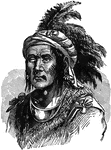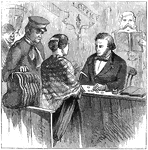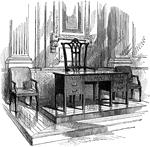
Table and Chair Used at the Signing of the Declaration of Independence
The table and chair used at the signing of the Declaration of Independence.

The Contrast Between American Liberty and French Liberty
A political cartoon contrasting American liberty and French liberty.
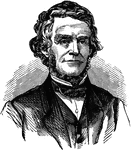
William Dennison
William Dennison, Jr. (November 23, 1815 – June 15, 1882) was a Whig and Republican politician from…
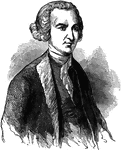
John Dickinson
John Dickinson (November 2, 1732 – February 14, 1808) was an American lawyer and politician from…
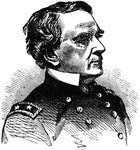
John Adams Dix
John Adams Dix (July 24, 1798 – April 21, 1879) was an American politician from New York. He served…

Fort Donelson
Fort Donelson and Fort Heiman, two sites of the American Civil War Forts Henry and Donelson Campaign,…
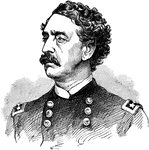
Abner Doubleday
Abner Doubleday (June 26, 1819 – January 26, 1893) was a career United States Army officer and…
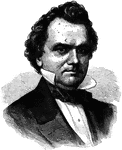
Stephen Arnold Douglas
Stephen Arnold Douglas (April 23, 1813 - June 3, 1861) was an American politician from the western state…

Monument to Stephen A. Douglas
Stephen Arnold Douglas (April 23, 1813 - June 3, 1861) was an American politician from the western state…

Frederick Douglass
Frederick Douglass (born Frederick Augustus Washington Bailey, February 14, 1818 – February 20,…
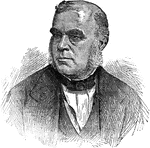
John William Draper
John William Draper (May 5, 1811, - January 4, 1882) was an American (English-born) scientist, philosopher,…
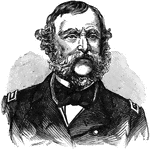
Samuel Francis Dupont
Samuel Francis Du Pont (September 27, 1803 – June 23, 1865) was an American naval officer who…
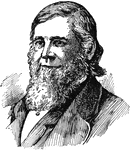
Theodore William Dwight
Theodore William Dwight (1822-1892), American jurist and educator, cousin of Theodore Dwight Woolsey…
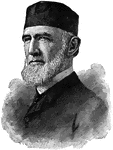
James Buchanan Eads
James Buchanan Eads (May 23, 1820 – March 8, 1887) was an American structural engineer and inventor.
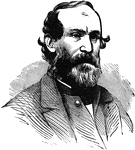
Jubal A. Early
Jubal Anderson Early (November 3, 1816 – March 2, 1894) was a lawyer and Confederate general in…
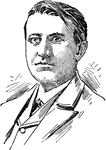
Thomas Alva Edison
Thomas Alva Edison (February 11, 1847 – October 18, 1931) was an American inventor and businessman…
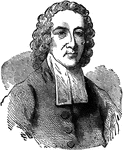
Jonathan Edwards
Jonathan Edwards (October 5, 1703 – March 22, 1758) was a colonial American Congregational preacher,…

Spanish Earthworks and Entrenchments at El Caney
El Caney (also Caney) is a small village 4 miles (6.4 km) to the northeast of Santiago, Cuba. "Caney"…
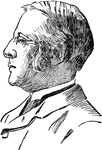
Charles William Eliot
Charles William Eliot (March 20, 1834 – August 22, 1926) was an American academic who was selected…
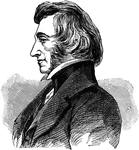
Charles Ellet
Charles Ellet, Jr. (1 January 1810 – 21 June 1862) was a civil engineer and a colonel during the…

Ellet's Stern Wheel Ram
Charles Ellet, Jr. (1 January 1810 – 21 June 1862) was a civil engineer and a colonel during the…
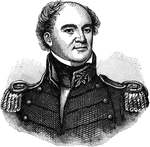
Jesse Duncan Elliott
Jesse Duncan Elliot (July 14, 1782 – December 10, 1845) was a United States naval officer and…
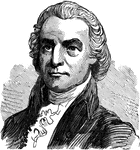
Oliver Ellsworth
Oliver Ellsworth (April 29, 1745 – November 26, 1807), an American lawyer and politician, was…
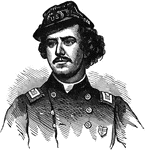
Ephraim Elmer Ellsworth
Elmer Ephraim Ellsworth (April 11, 1837 – May 24, 1861) was a lawyer and soldier, best known as…
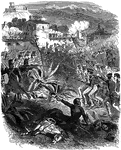
Battle of El Molino del Rey
The Battle of El Molino del Rey was fought during the Mexican-American War in the city of Chapultepec…
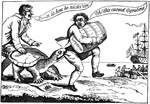
Embargo
A political cartoon criticizing the Embargo placed upon the American colonies by the British.

Death of Terrapin, or the Embargo
A political cartoon criticizing the Embargo placed upon the American colonies by the British. The cartoon…
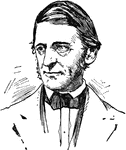
Ralph Waldo Emerson
Ralph Waldo Emerson (May 25, 1803 – April 27, 1882) was an American essayist, philosopher, poet,…

The Essex and Her Prizes in Massachusetts Bay
The USS Essex and her prizes in Massachusetts Bay following a cruise in Bermuda.

William Maxwell Evarts
William Maxwell Evarts (February 6, 1818 – February 28, 1901) was an American lawyer and statesman…
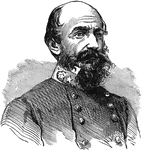
Richard Stoddert Ewell
Richard Stoddert Ewell (February 8, 1817 – January 25, 1872) was a career U.S. Army officer and…

Fair Oaks
The Battle of Seven Pines, also known as the Battle of Fair Oaks or Fair Oaks Station, took place on…
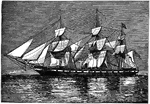
The Hartford, Farragut's Flagship
The Hartoford departed the Delaware Capes 28 January, 1862 as flagship of Flag Officer David…
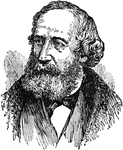
Cyrus West Field
Cyrus West Field (November 30, 1819–July 12, 1892) was an American businessman and financier who…
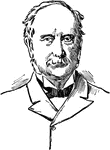
David Dudley Field
David Dudley Field II (February 13, 1805 - April 13, 1894) was an American lawyer and law reformer.

James Thomas Fields
James Thomas Fields (December 31, 1817 – April 24, 1881) was an American publisher and author.
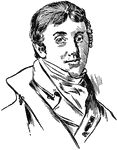
Nicholas Fish
Nicholas Fish (1758-1833) was an American Revolutionary soldier, born in New York City.
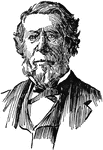
Hamilton Fish
Hamilton Fish (August 3, 1808 – September 7, 1893), born in New York City, was an American statesman…
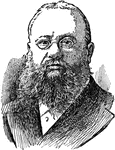
John Fiske
John Fiske (1842 - 1901), born Edmund Fisk Green, was an American philosopher and historian.
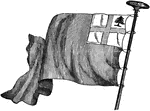
The New England Flag
The American flag used at the Battle of Bunker Hill was called the "New England flag." It is blue with…

The National Flag
The United States National flag in 1912 when the flag had 48 stars. In use from July 4, 1912 - July…

The First American Floating Battery
The first American floating battery was seen in the Charles River, at Boston, in October, 1775.

James II of England
James II of England and Ireland, James VII of Scotland (14 October 1633 – 16 September 1701) was…

John Buchanan Floyd
John Buchanan Floyd (June 1, 1806 – August 26, 1863), was a Virginia politician (legislator and governor),…

Charles James Folger
Charles James Folger (April 16, 1818 – September 4, 1884) was an American politician, jurist and…
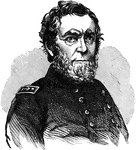
Andrew Hull Foote
Andrew Hull Foote (September 12, 1806 – June 26, 1863) was an admiral in the United States Navy…
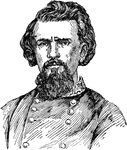
Nathan Bedford Forrest
Nathan Bedford Forrest (July 13, 1821 – October 29, 1877) was a lieutenant general in the Confederate…
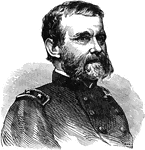
William Buel Franklin
William Buel Franklin (February 27, 1823 – March 8, 1903) was a career United States Army officer…

Battlefield of Franklin
The Second Battle of Franklin (more popularly known simply as The Battle of Franklin) was fought at…
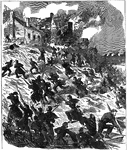
The Attack on Fredericksburg
The Battle of Fredericksburg, fought in and around Fredericksburg, Virginia, from December 11 to December…
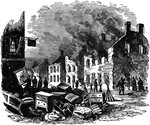
Scene in Fredericksburg on the Morning of Dec. 12, 1862
The Battle of Fredericksburg, fought in and around Fredericksburg, Virginia, from December 11 to December…

Florida Cracker
An illustration of a Florida Cracker. Florida Cracker refers to the original colonial era American pioneer…

Brown Pelican and Sea Gull
An illustration of a brown pelican with a fish in it's mouth and a sea gull resting on his back. The…
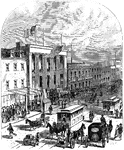
Bowery Theater
An illustration of Bowery Theater, a playhouse in the Bowery neighborhood of New York City. Although…
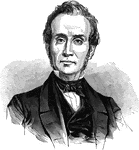
Theodore Frelinghuysen
Theodore Frelinghuysen (March 28, 1787 – April 12, 1862) was an American politician, serving as New…
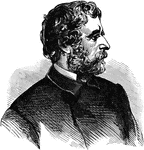
John Charles Fremont
John Charles Frémont (January 21, 1813 – July 13, 1890), was an American military officer, explorer,…
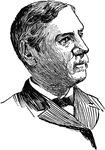
William Pierce Frye
William Pierce Frye (September 2, 1830 – August 8, 1911) was an American politician from the U.S.…
